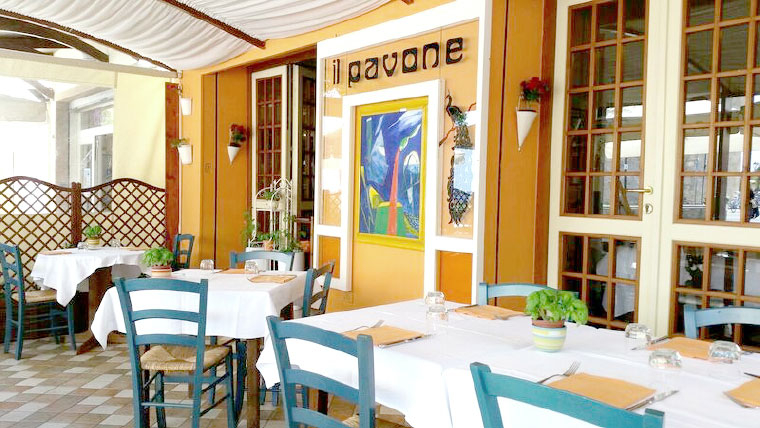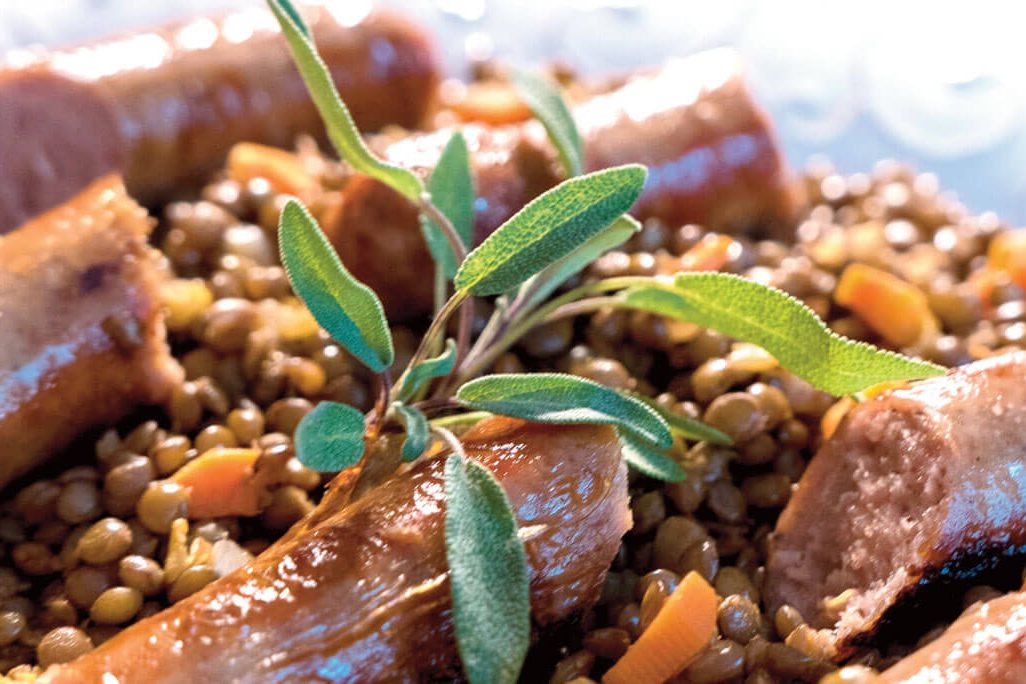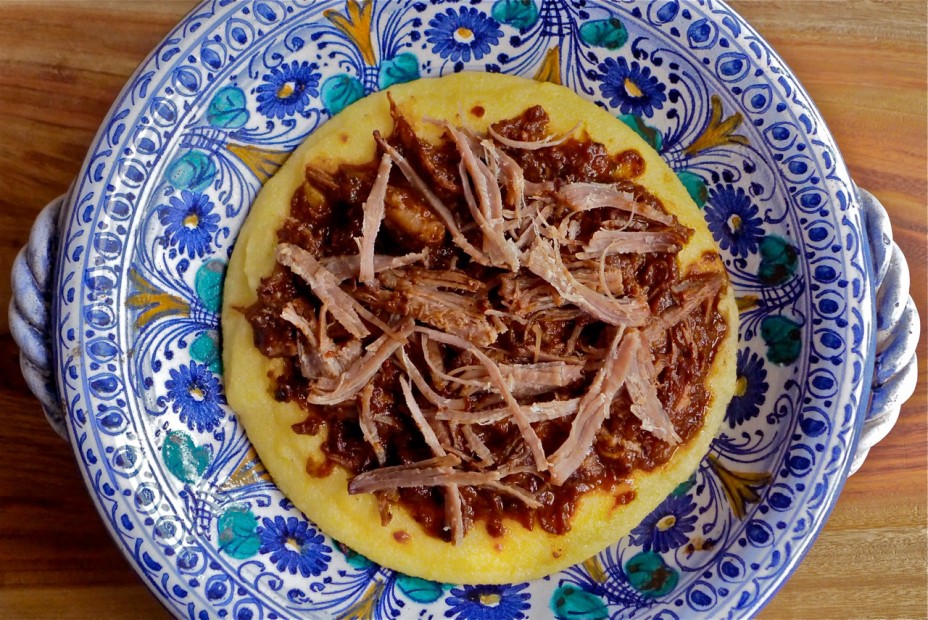If Sardinia is the second largest island in the Mediterranean after Sicily, with 2,000 kilometers of spectacular coastline and some of the most pristine scenery in the world, you might ask, why don’t Americans know much about it? That question has dogged me most of my life, particularly when, for example, someone will say, “Your mother is from Sardinia? Oh, my grandparents came from Sicily, too!” Or, “I’ve always wanted to go to Corsica. What’s it like?” Just yesterday my hairdresser, combing through my somewhat parched mane after my return from a visit there, advised, “You know, you really should wear a hat when you go to Argentina.”
Perhaps Sardinia’s relative obscurity should come as no surprise. Separated from both Sicily and the mainland by some 500 kilometers, it was cut off from the rest of Italy geographically, left to its own by the exigencies of nature and history. For the most part, Sardinian culture developed in the interior. Archeological finds there show evidence of human habitation as early as 150,000 BC, though the first peoples to have left a bold footprint with their commanding stone towers was the Nuraghic civilization. They surfaced in the 18th century BC in the hilly interior of the island where shepherding developed on the rugged terrain. Until modern times, the coastline was all but uninhabited for fear of pirates and dread of the mosquitos that infested the coastal waters wetlands and spread malaria. (The salt marshes weren’t drained until the last century when Mussolini’s engineers opened up access to the emerald green waters surrounding the island.)

An exception is Alghero, a 13th century port that was settled by Spaniards. I was based there in June to tour the island with a buyers’ delegation at the invitation of the Italian Trade Commission.
Today, Alghero still speaks the Catalan colonial language and retains its Iberian character. As elsewhere on the stupendous coast, its waters teem with fish and shellfish and eateries offer the local catch, notably, spiny lobster. One such establishment is Il Pavone (“The Peacock”), considered one of the best by Massimo Cannas, a food importer based in Los Angeles and an Alghero native who traveled with our group. How does one of the very best Algherese restaurants prepare its lobster? No drawn butter dunking in this Mediterranean paradise. Think cool, fragrant olive oil and fresh orange juice for a dressing. Here’s the recipe, adapted for the American kitchen, substituting Maine lobster without apologies.
Lobster in the Style of Il Pavone
For 4 people
For food safety and firm flesh, lobsters must be cooked live. If the process of immersing them in boiling water while they are still thrashing around is daunting, you can slip the creatures into a freezer for half an hour before cooking to sedate them. Alternatively, have your fishmonger cook it for you.
•4 (1-1/4 pound) live lobsters
•4 tablespoons coarse sea salt or kosher salt
Topping:
•4 cups baby arugula
•1 small red onion, halved and cut into paper-thin slices
•1 pint vine-ripened cherry tomatoes or other sweet vine-ripened tomato of the season, diced
For the dressing:
•1/2 cup or more extra-virgin olive oil, preferably Sardinian
•4 tablespoons freshly squeezed orange juice, or to taste
Garnish:
2 oranges, halved and sliced
1. Select a pot large and deep enough to accommodate the lobsters comfortably. If you don’t have one you can cook the lobsters two at a time. Fill with enough water to cover the lobsters entirely and bring it to a lively boil over high heat. Slip in the lobsters and add the salt. Cover, leaving the lid slightly askew to prevent a boil-over. Cook until the lobsters are transformed to a bright red color, about 12 minutes or until an instant-read thermometer inserted into the tail registers 175 degrees F. Transfer them to a rimmed baking sheet. If you are cooking two at a time, repeat the process. Reserve the cooking water.
2. When the lobsters are cool enough to handle, grasp the tail with one hand and the body with other and twist to detach, working over a bowl to catch any juices. Twist the claws and knuckles from the body. Using the flat side of a mallet, crack them and extract the meat, discarding the shells. Pull off the legs, separate them at the joints, and reserve. With the underside of the tail facing up, split it in half lengthwise and extract the meat, leaving the two half-shells intact. Save any coral and discard the innards. Rinse any tomalley off the tail meat in the reserved cooking water. Cut the tail meat into bite-sized pieces and add to the claw and knuckle meat.
3. Blend the olive oil with the juice of the orange. Add more olive oil or orange juice to taste.
4. Arrange the tail shells on a large platter, or if you prefer, place two halves of each individual serving plate. Replace the meat in the shells. Arrange the reserved leg pieces around them. Top with the arugula, sliced onion, and diced tomatoes. Dress with the olive oil and orange juice. Surround the lobsters with the orange slices. Serve.
Julia della Croce is a food writer and James Beard award-winning cookbook author and recipe developer based in New York. She is presently incubating a book about her family’s ancestral region, Sardegna. Visit her website, www.juliadellacroce.com and blog, http://juliadellacroce.com/forktales1/, connect on Facebook: Julia della Croce – chef & foodwriter, Twitter: @juliadellacroce and Instagram: juliadellacroce.






























